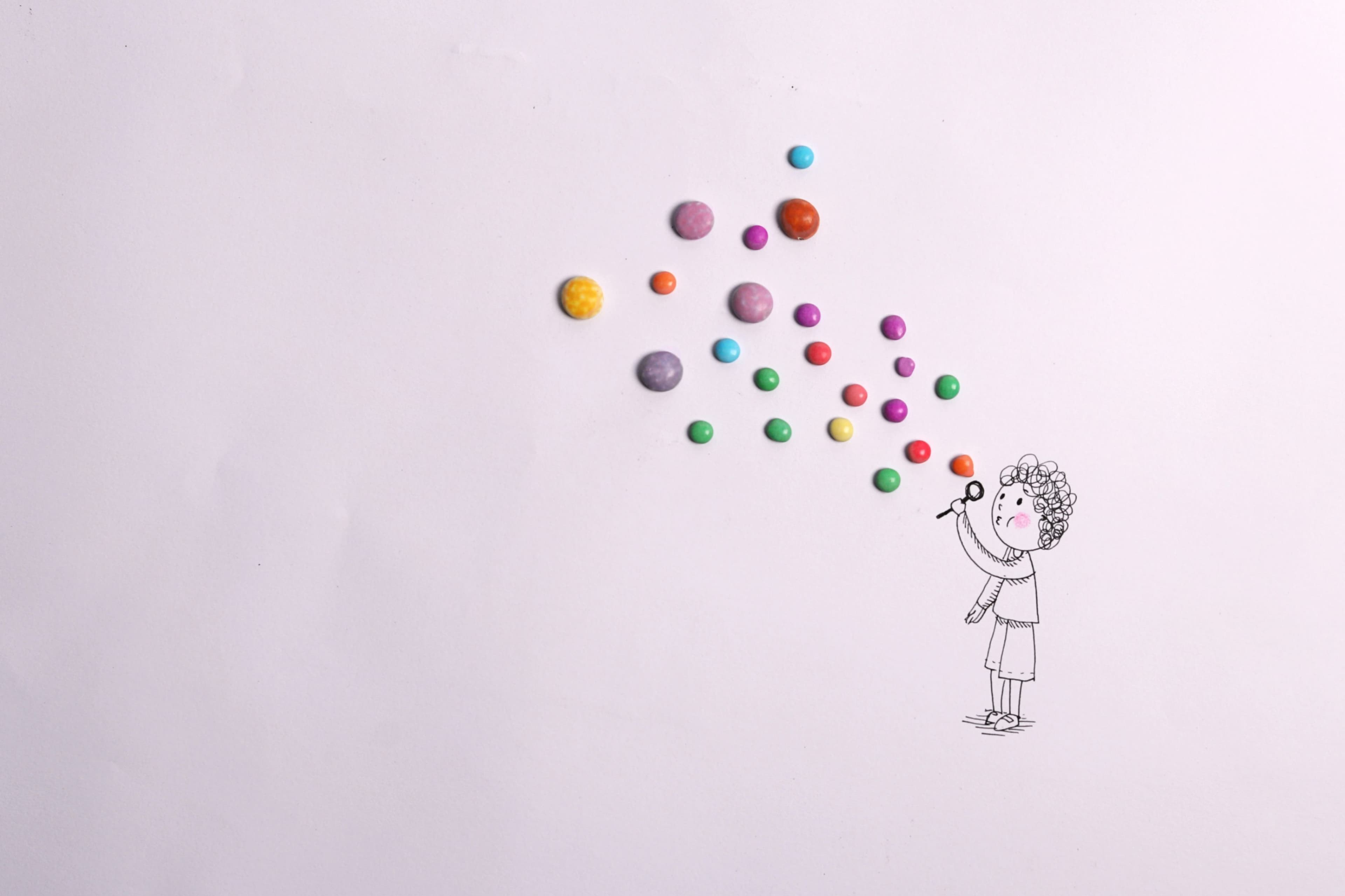
Neurodiversity-Affirming SEL: Practical Strategies for Autism Inclusion
As an educator deeply committed to inclusion, I’ve always believed in the power of social-emotional learning (SEL). But over time, I began to notice something troubling: while SEL programs were making a difference for many students, they weren’t reaching all of them, particularly those on the autism spectrum.
Traditional SEL programs often assume that students understand facial expressions, social norms, and the nuances of emotions but for many students with autism, these concepts require explicit, step-by-step instruction. They don’t automatically know how to “read the room” or intuit what a peer is feeling based on body language. Asking them to empathize in abstract ways can feel overwhelming, not because they lack empathy, but because it hasn’t been taught in a way they can process. When SEL relies too heavily on implicit learning or neurotypical expectations, students with autism are often left out of the experience altogether.
This doesn’t mean SEL isn’t for them; it means we have to do it differently.
One of the most important things I’ve learned is that differentiated SEL isn’t just about modifying a lesson. It’s about reimagining the structure, delivery, and goals so they align with how students with autism learn best. We rely on visuals, social stories, and scripted peer interactions. We break emotions into concrete behaviors, "What does frustration feel like in your body?" and use visual tools like emotion thermometers to help students identify their state. Regulation strategies must be embedded into daily routines.
I’ve been fortunate to collaborate closely with our Special Education Administrator to align SEL with district wide Special Education district goals. Together, we’ve developed a framework where SEL goals are not only tailored to individual needs, but also supported by the entire school culture. This collaboration has helped ensure that our SEL practices aren’t operating in isolation; they’re reinforced by classroom routines, supported by paraprofessionals, and reflected in schoolwide expectations. Inclusion, in this sense, becomes more than a philosophy; it becomes daily practice.
For SEL to thrive among students on the autism spectrum, we need leadership that understands and supports differentiation. School leaders play a critical role in making this possible. Here are some concrete steps they can take:
Invest in SEL tools that are neurodiversity-affirming.
Provide access to visuals, emotion scales, sensory supports, and curriculum options designed specifically for neurodivergent learners. Not all SEL programs are ASD-friendly by default. Choose materials that are concrete, predictable, and visually rich [1].Encourage collaboration between general and special education teams.
Inclusion isn’t just physical placement. It means creating SEL practices that are co-owned by all educators. Encourage IEP teams to include social-emotional goals that align with schoolwide SEL efforts. When general and special education work together, students don’t fall through the cracks [2].Build in time for embedded SEL instruction.
Allow teachers flexibility in their day to teach and reinforce SEL skills when they’re most needed—during transitions, peer interactions, or challenging moments. For autistic students, SEL can’t be taught in isolation. It must be part of their lived experience throughout the day.Provide professional development that focuses on differentiation.
Teachers want to support their students but often don’t feel equipped to adapt SEL for ASD. Offer training on how autism affects emotional regulation, communication, and social interaction. Highlight practices that affirm autistic identity rather than promote masking or conformity [3].Create a school climate that celebrates neurodiversity.
When school leaders model inclusive values, it trickles down into classroom practices. Celebrate students' strengths, make space for multiple forms of communication, and build a culture where different ways of thinking and expressing emotions are seen as valid.
In my own practice, I’ve seen how transformational it can be when SEL is restructured to reflect students’ needs instead of trying to change students to fit a model that doesn’t work for them. When school leadership backs this work through resources, time, and shared vision it sends a powerful message; that all students, including those with autism, deserve access to emotional learning in ways that make sense for them.
Differentiated SEL isn’t an accommodation, it’s an equity practice. When we adapt how we teach emotional and social skills to meet the needs of learners on the autistic spectrum, we’re not lowering expectations. We’re giving students what they need to truly meet them.
And ultimately, this benefits the entire school community. Because when we design for those on the margins, we create systems that work better for everyone.
References
CASEL. (2021). SEL and Students with Disabilities: A Resource Guide. Collaborative for Academic, Social, and Emotional Learning.
U.S. Department of Education. (2023). Supporting Inclusive Practices in Schools. Office of Special Education and Rehabilitative Services.
Bottema-Beutel, K. (2021). Neurodiversity and the Ethics of Social Skills Interventions. Journal of Autism and Developmental Disorders.